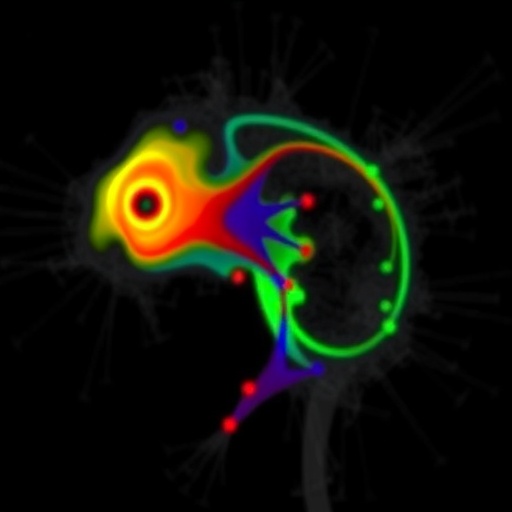
Credit: Credit: NASA Worldview, Earth Observing System Data and Information System (EOSDIS)
The South Interior area of the state of Western Australia is under warnings for heavy rainfall and gusty winds as the remnants of Tropical Storm Blake move on a southeasterly path through the state. Imagery from NASA-NOAA’s Suomi NPP satellite provided an image of the storm’s clouds.
The Visible Infrared Imaging Radiometer Suite (VIIRS) instrument aboard Suomi NPP provided a visible image of Blake’s remnants that showed the storm stretched from the South Interior to Goldfields, Southeast Coastal and Eucla localities. The strongest storms appeared in the northwestern corner of the South Interior
At 9 a.m. EST (10 p.m. AWST Australia local time) on Jan. 9, the Australian Bureau of Meteorology noted that “Ex-Tropical Cyclone Blake was located approximately 155 miles (250 km) southeast of Newman, or 130 miles (210 km) northeast of Wiluna, moving slowly southeast through the South Interior.”
ABM cautioned that Blake’s remnants could bring damaging winds between averaging 31 to 37 mph (50 to 60 kph). Strongest winds are most likely near the system center. In addition to the winds, heavy rainfall may cause flooding. Expected daily rainfall totals of 3 to 6 inches (75 mm to 150 mm) with higher isolated amounts. ABM Flood Warnings are updated at http://www.
Tropical cyclones are the most powerful weather event on Earth. NASA’s expertise in space and scientific exploration contributes to essential services provided to the American people by other federal agencies, such as hurricane weather forecasting.
###
For updated forecasts from the ABM, visit: http://www.
Media Contact
Rob Gutro
[email protected]
Original Source
https:/




